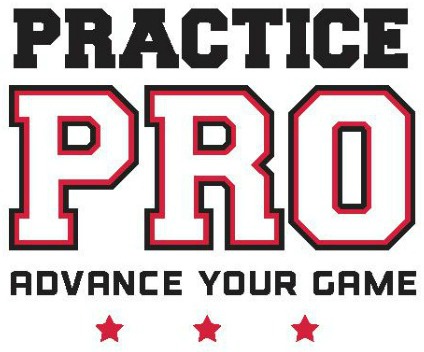High School Tryouts: What Coaches Want
/If there was one thing coaches practically begged me—a pitching coach—to help with, it was this. I hated to break it to them, but throwing strikes isn’t something I can magically fix overnight. It comes down to you. If you want to be accurate, you need to be throwing with your catcher 3 to 4 times per week, year-round. That’s where consistency is built.
Read More





